CMoore Sound is a sonic branding, sound design and music production collective located in San Francisco, California. Their work involves everything from strategic brand analysis to custom musical scores and sound design experiences for the physical and digital world. We asked few questions to the founder, Connor Moore.
1. Hi Connor! Let’s talk about yourself first: how did you get involved in music and sound? And when did you realise that audio was going to be your life and your profession?
Connor: I grew up in a very musical family. My dad is a jazz aficionado and guitar player so there was always music playing or being played around the house. I was always really into music from a young age, but didn’t start playing until I got my first guitar at age 14 and never looked back. I went to the University of Kansas and studied Anthropology and Ethnomusicology which really sparked my interest in music and culture and how they affect one another. During this time, I was playing in a number of different bands and also hosted a radio show at KJHK which was the college radio station. This was a very influential time for me as I was learning so much about different styles of music and seeing solo artists such as Four Set, DJ Shadow and Bonobo produce their own music and have success. These guys inspired me to try my hand at production and composition and soon enough I was constantly writing new material and honing my chops as a multi instrumentalist.
Once I graduated college, I came out to San Francisco to attend Pyramind which is a school focusing on music production and sound design. At Pyramind I spent so many hours in the studio tightening up my mixing, composing and sound design skills and learning the more technical ropes. Shortly after graduating from Pyramind, I got connected to a few visual designers and small creative agencies that opened my mind to creating sound for brands, their products and marketing materials. Since then it’s been a very natural growth where year to year I get referrals to different people and companies and have been extremely lucky in building my client list and network.
2. When did you decide to found CMooreSound? How did it all start?
C: 2008 was when I really decided go all in, start a business and focus on building a network and client base that could last. At the time, both of my brothers were in the Bay Area and running their own design and branding firms so I was very lucky to get their insights on creative process and business. Around that time, I began working regularly with a few creative agencies in San Francisco and built a number of great relationships that continue to this day. It’s funny how you can look back and pin point a handful of people who really helped kick start your career. I still work with so many of these people that I met 8+ years ago and we have all gone on to do some amazing things together.
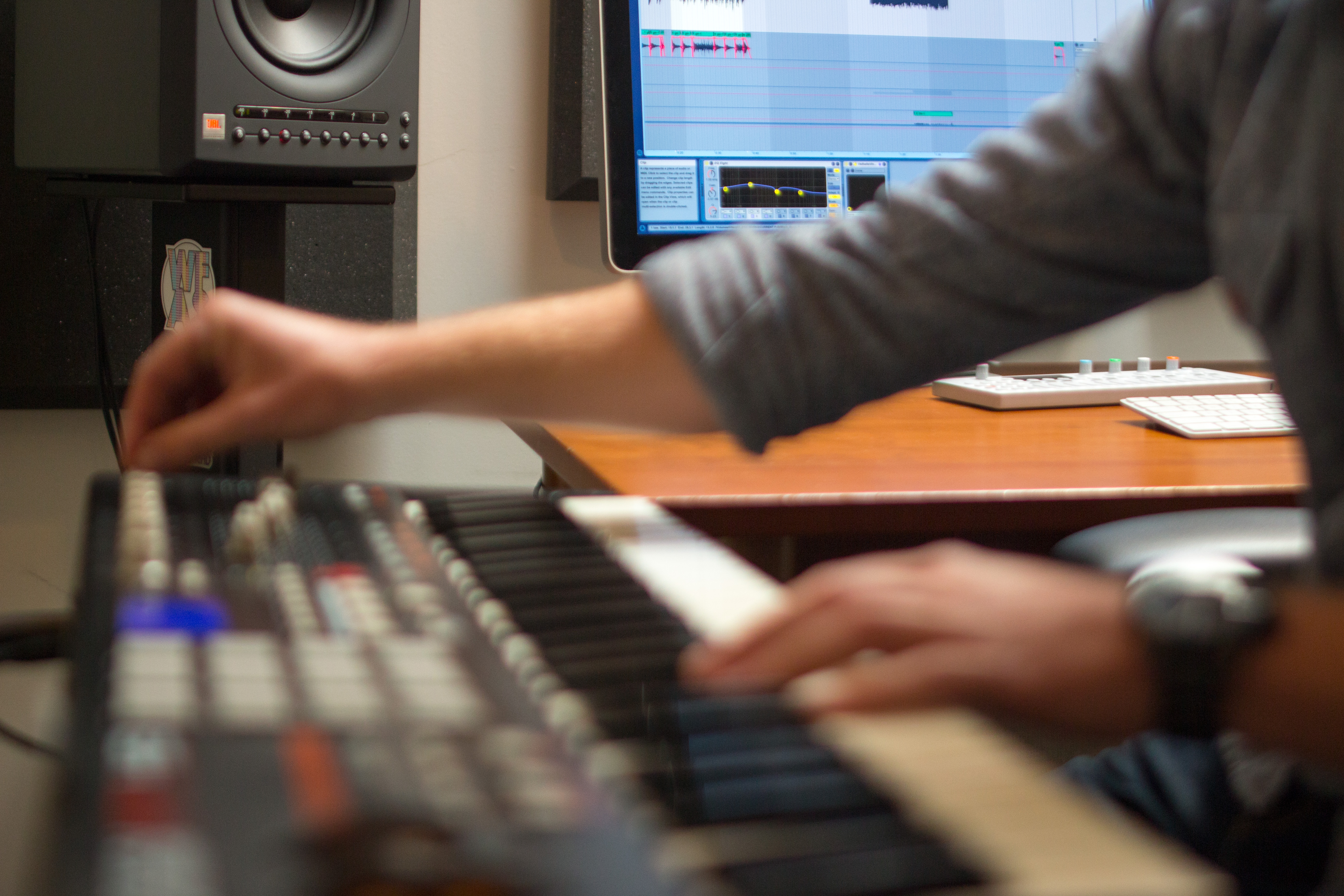
3. We know approaches can vary every time depending on the project and client; however, can you tell us something about your specific attitude towards a sound work?
C: Every project is certainly unique and calls for a specific approach, but what I find to be most important in the work that I’m doing is to understand the bigger picture and how the work could scale before doing any creative design or composing.
With brands it’s important to see the work in the context of an eco system that works together to tell the brand story over time.
Even if it’s a one off project like an immediate need for product or app sound, the designer or creative director should be aware of what other sound assets the brand uses and what the competitive landscape sounds like in order to be able to make design decisions that can last and scale. It’s really about being very intentional and setting up a plan that the brand can utilize at multiple touch points. You can have the most talented, most technical designer or composer in the world, but if the soundscape they create isn’t aligned with other parts of the brand then it’s useless. Direction in this capacity is very important as brands are building out their sound palettes more and more.
4. How is it working with sound in a city like San Francisco? How do you think being close to a place like the Silicon Valley can be beneficial for professionals in the digital and communication field?
C: Living and working in the Bay Area is incredible. Being so close to the ocean and the mountains is very important to me and keeps me fresh and inspired. Also, musically it is incredible – There are always amazing concerts and events coming through that keep me engaged. Being close to Silicon Valley is definitely huge. Many of the companies I work with are located in SF or 30-40 minutes away so it’s very easy to be present with your clients which I feel is extremely important not only to build relationships, but also to make sure that I can be hands on with my design process. Working with brands and their products is very context driven so it’s important to be there as much as possible. By that I mean; if you’re working on a specific car, you should be designing and testing in that specific car – not just in an isolated studio. The translation of the sound experience for products really needs to be done in that space so you can get a feel for the acoustics and how that translates to visual aesthetic and industrial design.
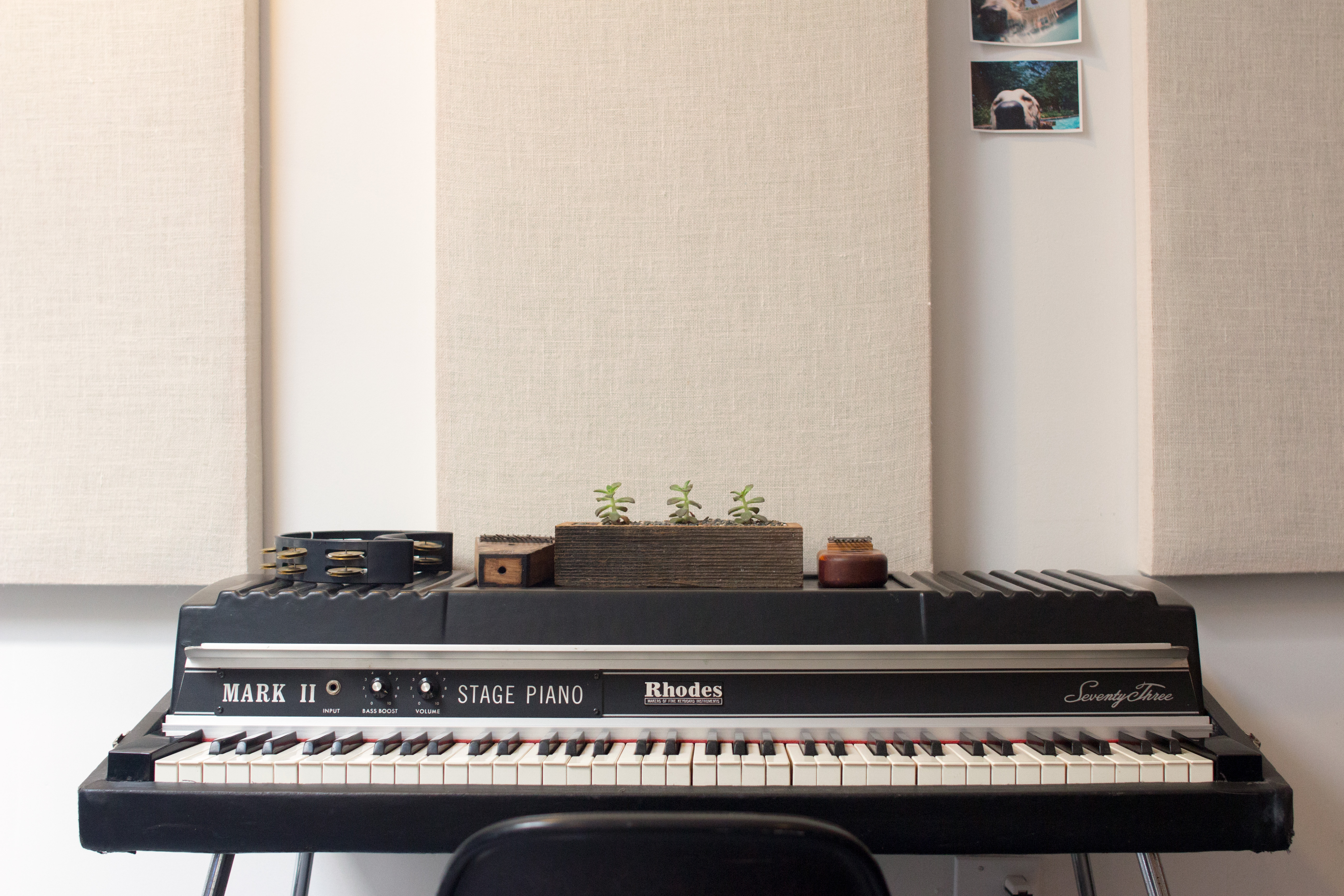
5. In relations to the previews question, what will be the role of sound in the new communication media that we are experiencing now and in the advancing technologies in the future?
C: I think as technology advances we will see more demand for strategic sound use. I say strategic because it shouldn’t mean that there is necessarily more sound, but we should see more highly curated sound experiences across various brand touchpoints that are all connected. In the past, sound branding was just seen in the form of the sonic logo, see Intel Inside or THX. It should really be much more than that.
There should be a cohesive audio DNA that is present in the sonic logo, product UIÂ and also runs through the way marketers use and create music for the brand.
Ultimately brands will want to view this as a cohesive eco system of sound that people will be able to recognize as unique in order to grow their brand equity. I’m also seeing the demand for sound grow massively across different industry outside of just tech. It’s not just Silicon Valley that’s making this jump – automotive companies, lift truck companies and payment companies are all beginning to think deeper about how they can better their audio experiences. Another thing I find interesting is the growth of voice user interfaces and how people interact and navigate through those systems. Sound will be driving those experiences and I have the feeling that these technologies have only just begun.
6. Talking about your work, we have seen and listened to amazing stuff. If we asked you to pick one project you are particularly proud of, which one would it be and why?
C: Ahhh it’s tough to pick just one! Can I highlight 2 briefly and provide links that go into more depth?
One of my favorite projects I’ve worked on over the years has been Hello’s Sense sleep tracker where I created their full product sound experience including custom alarms, sleep tones, notifications and UI. From the onset I knew that this was a space that really needed some help from a user experience point of view. I felt like this was such a great opportunity because your alarm is the first thing you hear in the morning. It literally sets the tone for your day or week so I took this very seriously and created a highly unique sound experience that is cohesive across the entire sound set and cohesive to the Hello brand vision. Traditionally, alarms have been obnoxious and loud and often served as a punching bag for people in the morning. I didn’t want to pursue that. My idea was to soften this experience and create longer alarms that are more dynamic and gradually layer over time so that they are more musical, unique and own able. They gradually build in loudness and intensity over time rather than suddenly in order to softly wake people rather than startle them our of bed. The thought was, “wouldn’t it be nice to have an alarm that can go off and you don’t have to immediately rush to it to turn it off? What if you could lay for awhile and stretch in bed before feeling the need to turn off the alarm?†This concept really drove the rest of the sound experience all the way down to the layers and instrumentation that is used across the entire product. You can sample some of this work here: http://www.cmooresound.com/hello-sense/
The other favorite was an experiential soundscape collaboration that I did with Aaron Koblin and Janet Echelman for the 2015 TED conference in Vancouver. If you’re not familiar with Janet or Aaron’s work, you should stop reading and click their names to hyper link to their portfolio’s above – Absolutely incredible artists! For this effort I immediately reached out to friend and collaborator Joel St. Julien who is an amazing soundscape artist and was perfect for this collaboration. The goal for us was to create an immersive audio experience that would support the grandeur of the expansive sculpture as well as reinforce the interactive component with layers of color and melody when more people began to interact with the installation. Conceptually we played off of ideas around wind, water and the otherworld as the installation was to be housed in the Vancouver Harbor. I ended up going to Vancouver to see the installation which was really cool. The size of the sculpture and seeing how Aaron and his team were able to manipulate visual effects based off of crowd interaction was absolutely incredible. The sound experience was played through 4 towers of speakers that surrounded the installation so it was truly an immersive experience all the way around. You can see video, pictures, hear samples and read more on the process and ideation here: http://www.cmooresound.com/our- work/#/ted-conference/
7. You have had several working experiences with some of the most important companies in the world such as Google, Amazon, Uber, Cisco and many others… Tell us something about it.
C: Yeah I’ve been very lucky to assemble the client list I have. Each of these companies are working on amazing projects that are defining the way that we interact with the world and it’s amazing to see under the hood of where technology and innovation is headed. One thing I’ve noticed from working with these companies is that they all work very differently. Some companies are very iterative in working with a smaller team whereas others want the work to get pitched all the way up to the CEO level.
I’ve learned that it’s important to be able to be dynamic and nimble with your process and have the ability to adapt it to the clients needs.
Also, more and more I notice how important it is to be able to communicate effectively when pitching or showcasing your work and your process. Most of the clients I work with have no musical or sound background so it’s extremely important to be able to guide them and communicate the vision and process at an elemental level so that they understand the overall picture.
8. Any new project you are working on, or you will be working on? Can we get any anticipations?
C: I’m currently working on some of the most exciting projects of my career, but unfortunately can’t really speak to them due to NDA’s. Really exciting stuff though that casts a wide net of different industries. My most exciting project will be going live in the next 2 months so swing by my site soon – it will definitely be up there.
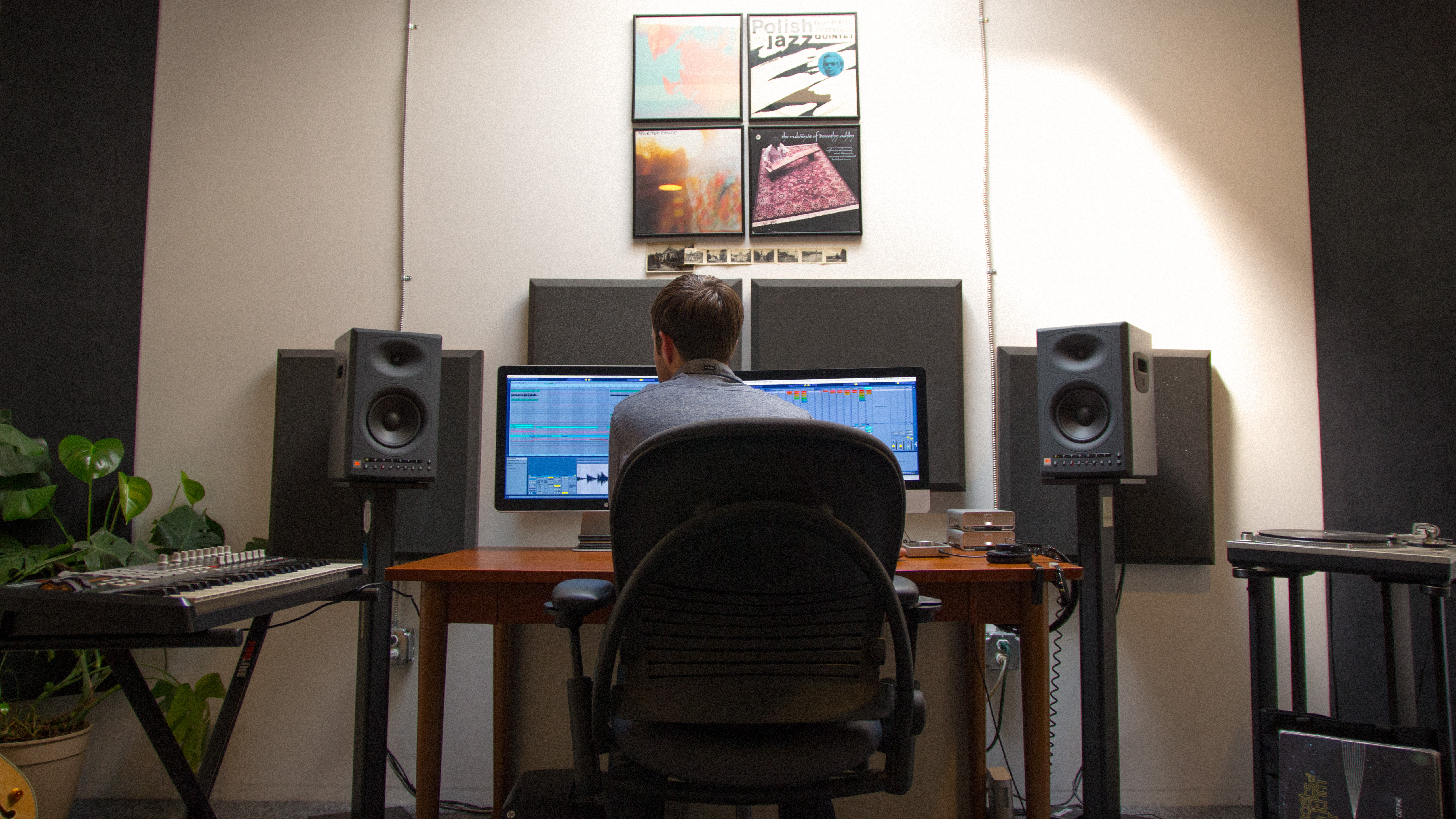
We would like to thank so much Connor for his time. You can follow CMoore Sound here: website, Facebook, LinkedIn, Vimeo, Google Plus and Instagram.
- From San Francisco to the World: the sound of CMoore Sound - September 11, 2017
- Being a visual listener: an interview with sound designer and composer Chiara Luzzana - August 21, 2017
- The power of sound: an interview with Award Winning studio String And Tins - June 29, 2017


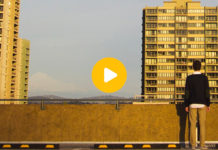

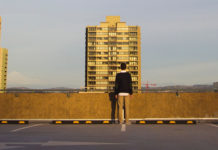
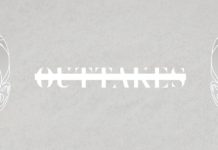
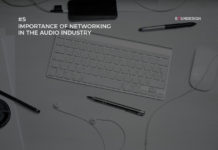
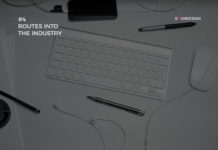
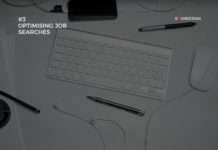
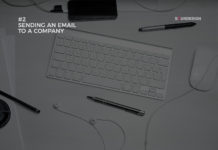
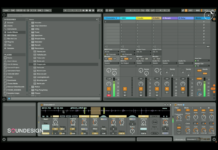
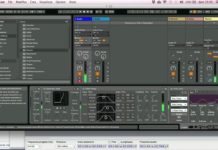

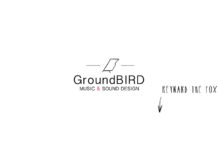
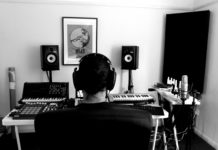
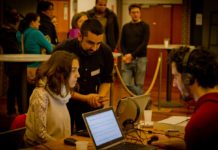

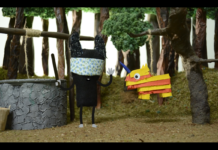
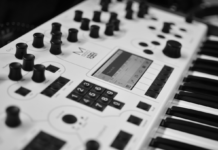
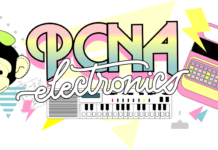
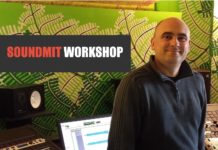
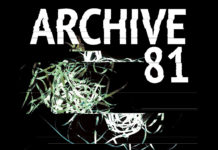
Amazing and creative work, Connor!!